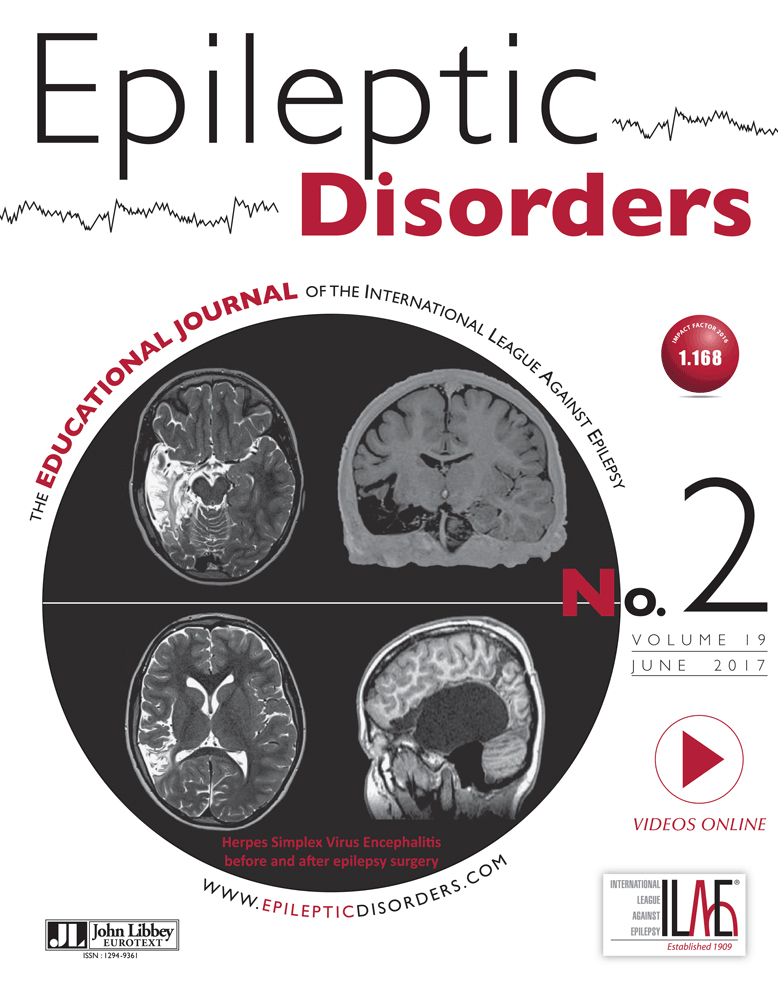ILAE survey of neuropsychology practice in pediatric epilepsy surgery evaluation
Abstract
Aims. To determine the extent to which specific neuropsychological measures are in common use around the world for the assessment of children who are candidates for epilepsy surgery.
Materials and methods. As part of the work of the International League Against Epilepsy Pediatric Surgical Task Force, a survey was developed and distributed online. The survey consisted of questions related to demographics, training experience, general practice, and specific measures used and at what frequency.
Results. Seventy-eight clinicians with an average of 13.5 years of experience from 19 countries responded to the survey; 69% were English-speaking. Pre- and post-neuropsychological evaluations were conducted with a majority of children undergoing surgical resection for epilepsy. There was high consistency (>90%) among the domains evaluated, while consistency rate among specific measures was more variable (range: 0–100%). Consistency rates were also lower among respondents in non-English-speaking countries. For English-speaking respondents, at least one measure within each domain was used by a majority (>75%) of clinicians; 19 specific measures met this criterion.
Conclusion. There is consensus of measures used in neuropsychological studies of pediatric epilepsy patients which provides a basis for determining which measures to include in establishing a collaborative data repository to study surgical outcomes of pediatric epilepsy. Challenges include selecting measures that promote collaboration with centers in non-English-speaking countries and providing data from children under age 5.




